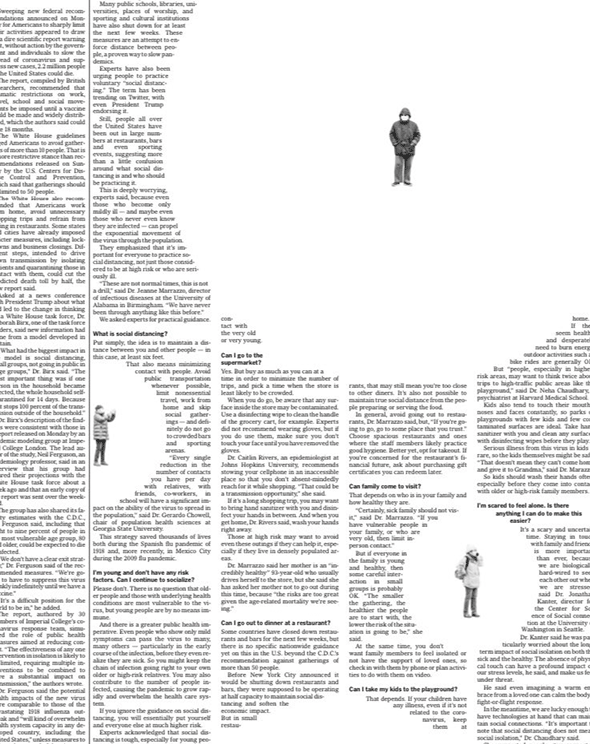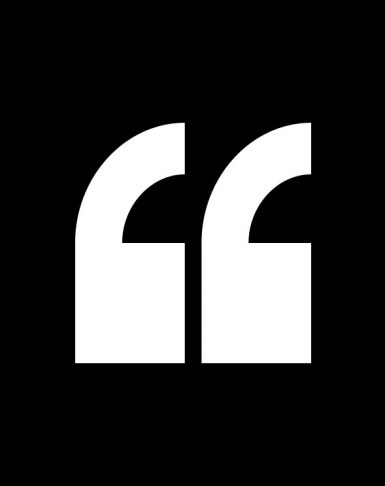We’ve come such a long way in a small amount of time, and we can now see glimpses of light at the end of the tunnel. It’s more important than ever to take stock, remember the journey we’ve been on and move forward.
We started the lockdown panic buying toilet roll, binging on Netflix and creating pandemic playlists. And why wouldn’t we? We instinctively go to the things that soothe and comfort us the most in times of crisis. Most of the time, those comforters seem to be the products and services of brands we know and love.
Knee jerk reaction
However, the initial brand reaction was mostly around skin-deep changes, such as altering a logo to represent social distancing. It seemed to diminish the severity of what we were going through in our time of need.
As we look forward to easing restrictions, with the novelty of the lockdown having worn off very quickly, we seem to be tackling many of the same problems. Utilizing creativity and finding different solutions to the same everyday challenges. This brings me to ask the question, are we more creative in isolation?
Closing down parameters
Closing down parameters has always been a classic framework of design communication. It’s used as a focusing tool to help approach problems from a different perspective. By restraining one parameter, we can fully focus on the others. This can help create solutions we would have never imagined otherwise.
The four walls of the home have become our parameters. Forcing us to find new ways to communicate and connect with loved ones and society, to feel refreshed, and find space to clear your head in the same room you work a day job and raise a family.
People’s homes are now becoming their canvas. British photographer Martin Parr and experiential studio Bompas & Parr have latched onto this bottled creativity by setting regular photography challenges. Bompas & Parr have even coined the lockdown as being the “Golden era for DIY creativity” and will ultimately produce a publication of the winning photos from their competition.
The rise of creativity
‘36 days of type’ is an annual event running from March to April. It invites designers, illustrators and graphic artists to express their particular interpretation of letters and numbers of the alphabet. The 36 days consecutive challenge has had the unique timing of running parallel with the rise, spread and ultimately the Coronavirus lockdown. Submissions are up 42% compared to last year. This may be a coincidence, or it may be a result of us taking more time to focus on creativity.
A force for good
This isn’t just an isolated incident of individuals focusing on creativity. Brands are also participating in this creative groundswell. In this case, the ‘fixed element’ isn’t isolation, but instead tackling the COVID-19 pandemic. Dyson approached this by turning their attention towards ventilators. An obvious yet vital approach from a company that is renowned for its innovation in distributing and circulating air.
A less obvious but equally vital approach has been companies like Apple, who have produced millions of face shields or LVMH turning their skincare and make-up lines to hand sanitizer production. Neither company is associated with producing medical equipment. However, with their wealth of creativity and ingenuity, they can pivot to more notable causes.
What now?
What we’ve learned so far is that brands more than ever play a critical role during this time of crisis. Such reliance on brand creates more responsibility for them to get the right message across.
We’ve seen brands react in two very different ways to this lockdown. Either they’ve responded by allocating resources to fight the spread of COVID-19. Or they’ve responded by using the pandemic to push through their own agendas.
People’s behaviors and expectations have changed drastically over this period of isolation. Now more than ever, people are scrutinizing and questioning whether the brands they know and love are relevant or truthful. Many brands will now find themselves out of alignment with these new needs and will need to reconsider their direction. Thankfully it seems to be a perfect time to take on the challenge in this renewed era of creativity.
James Snook is a Senior Designer on our London team.


